Spicy herbs and greens that can be sown before winter |
Sowing greens in autumn, shortly before frost, offers gardeners several advantages compared to the traditional spring planting method.
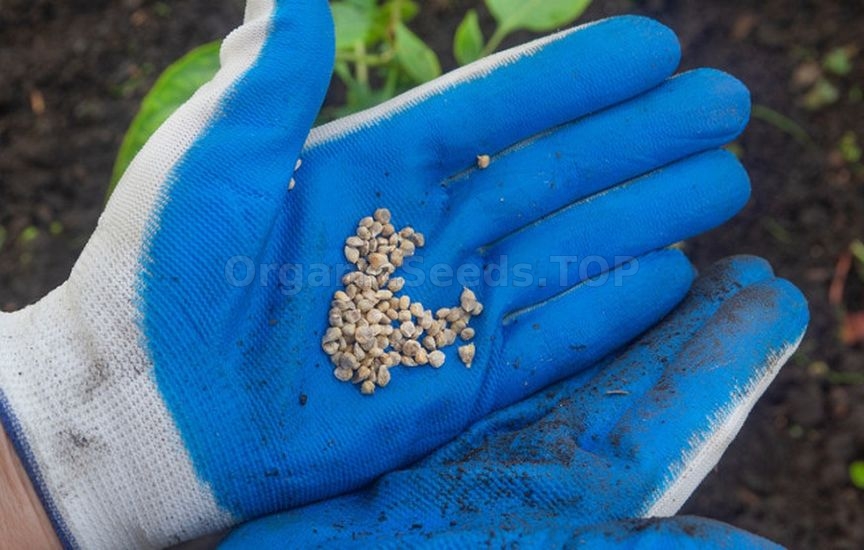 Firstly, winter sowing significantly speeds up the harvest. While seeds planted in spring are just beginning to awaken, autumn-sown sprouts are already actively growing and gaining strength. Another important advantage is the natural hardening of seeds. Undergoing natural stratification in winter conditions, they become more resilient and successfully withstand spring frosts. This is especially valuable for delicate plants like lettuce. 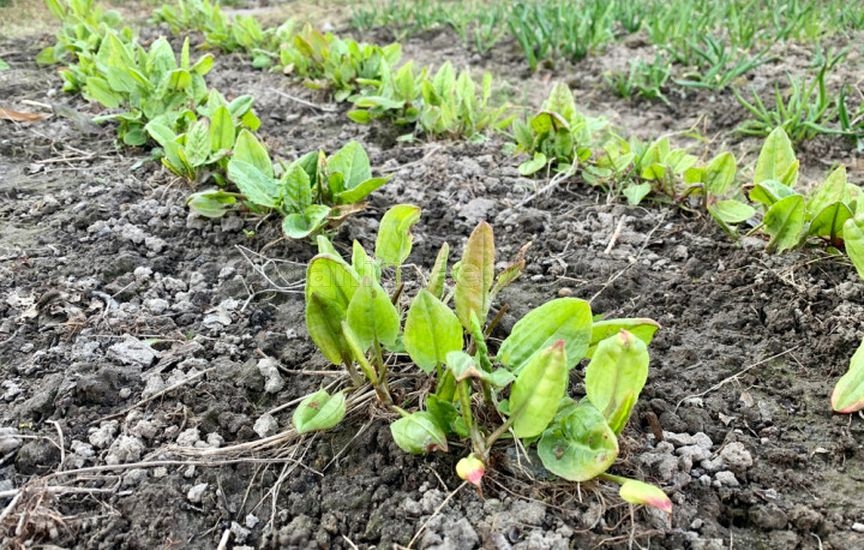 Autumn sowing also greatly reduces spring workload. During the busy season when many tasks must be completed in a short time, winter plantings require minimal attention—just timely watering and thinning. An additional bonus is the lack of competition from weeds. When winter-sown crops are already developing, weeds are just emerging and clearly lose the battle for nutrients and sunlight. Lettuce crops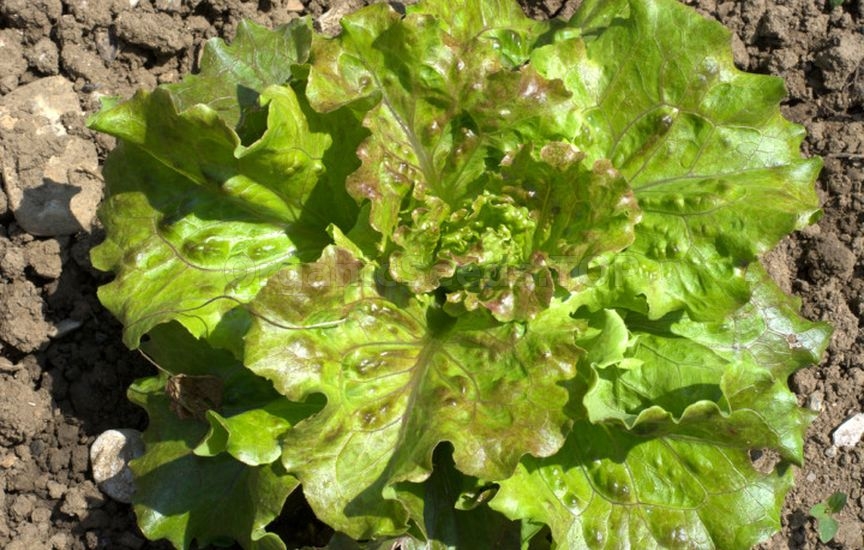 The success of winter sowing of lettuce crops (various types of lettuce, cress) depends on choosing the right time and place for planting. In temperate regions, the optimal period is late October to early November, when the soil has cooled sufficiently but hasn’t yet frozen. The ideal air temperature is between 2 and 4°C—in such conditions, seeds remain dormant until the first spring warmth. It’s important not to rush the timing, as premature planting may cause seeds to sprout in autumn, and the coming frosts will kill the tender shoots. When choosing a site for lettuce sowing, preference should be given to sunny spots that thaw and warm up quickly in spring. This creates favorable conditions for active seed germination. Soil characteristics are also important. Lettuce thrives in loose, fertile soil. It’s crucial to avoid areas prone to spring flooding, as excess moisture can kill the seeds. Lettuce can be grown as a standalone crop on separate beds or sown as a “filler,” for example, between rows of winter garlic or around the perimeter of greenhouse beds. Dill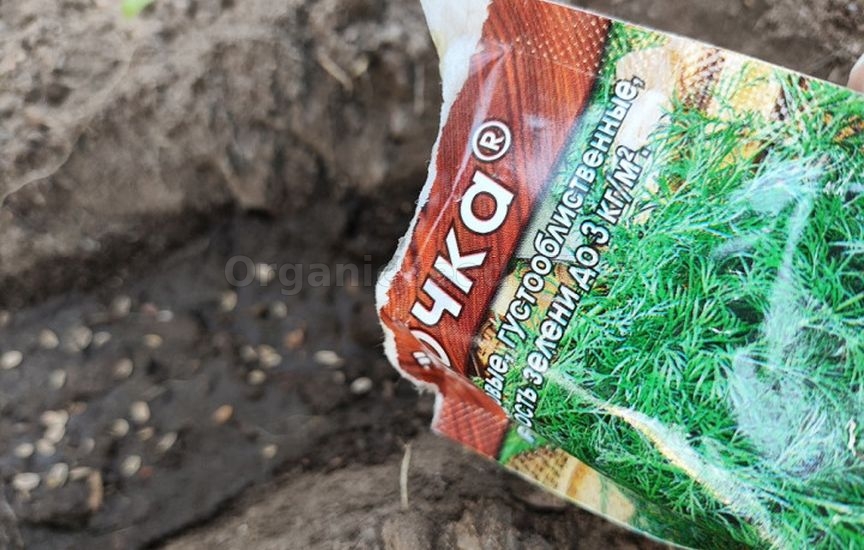 Among all leafy greens, dill holds a special place and is considered the most popular plant for winter sowing. Its cultivation requires little effort due to its strong self-seeding ability. Plants that can withstand temperature fluctuations are especially valuable for autumn planting. Dill is well-suited for compact planting and can be sown between rows of other crops. Ideal companions include garlic, onions, and lettuce. This planting method allows efficient use of space and yields a mix of fresh greens early in the season. Parsley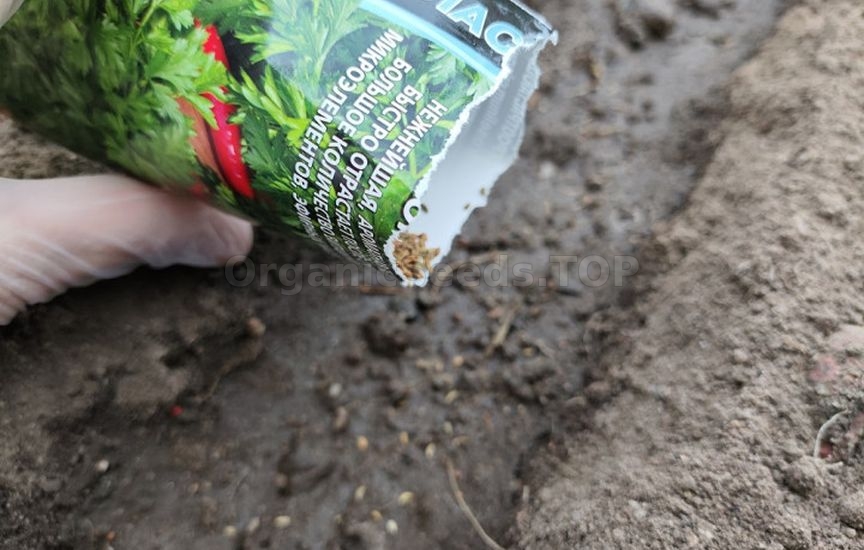 Parsley ranks second in popularity among spicy herbs favored by gardeners. This crop is particularly hardy: its seeds overwinter successfully in the soil and sprout with the first spring warmth. However, sprouting takes several weeks, making winter sowing especially attractive for those who want early fresh greens. When choosing the timing, it’s important to monitor the weather. If the average daily temperature stays around 2–3°C, there’s a risk that seeds will sprout before winter arrives. Therefore, the optimal sowing time is when the air temperature remains below 0–1°C throughout the day. It’s best to rely on thermometer readings rather than calendar dates—if autumn is prolonged, sowing can even be done in December. Cilantro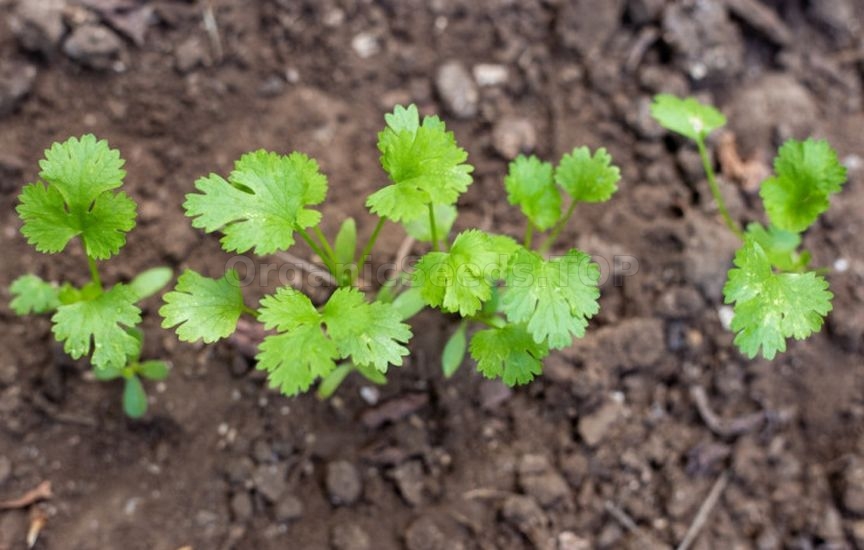 Cilantro, or coriander, is well-suited for winter sowing. This aromatic crop shows impressive frost resistance: young shoots can withstand temperatures down to −9°C. When preparing the bed and sowing in autumn, it’s important to choose the correct seed depth—they should not be buried too deep (which reduces germination rate), nor left exposed after snowmelt. The optimal depth is 1.5–2 cm. Row spacing should be about 25 cm. Special attention should be paid to variety selection. For autumn sowing, it’s best to choose the most resilient types. The Shiko and Yantar varieties have proven themselves well, showing increased resistance to extreme weather conditions. Sage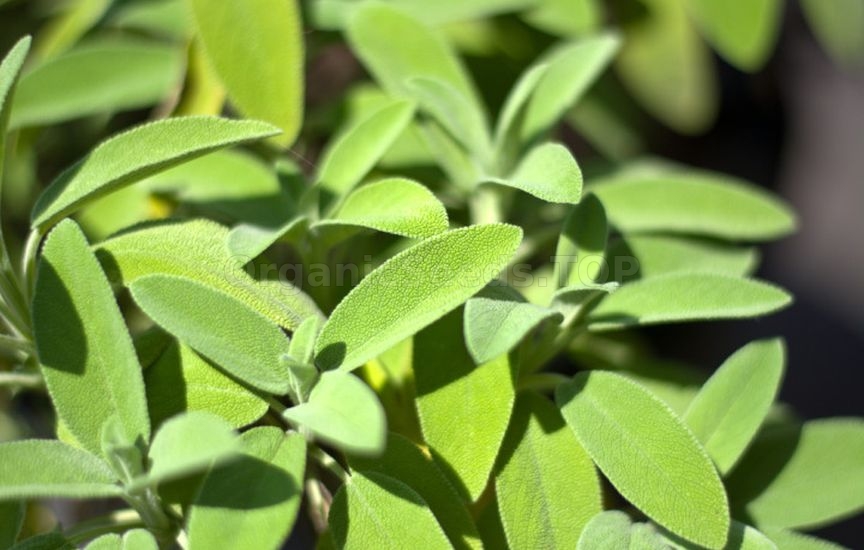 Sage, also known by its Latin name Salvia, is a large genus comprising around 700 species. Among them, three types are especially resistant to winter cold: clary sage, oak sage, and medicinal sage. The latter two—medicinal and clary sage—are particularly popular among gardeners. These plants not only decorate the garden but are widely used in cooking as a spicy addition to dishes and in folk medicine. The sowing process for sage is similar to other spicy herbs. Seeds are placed in the soil at a depth of 2–3 cm and lightly covered with a nutrient-rich substrate. As a final step, mulching is recommended to create optimal conditions for seed overwintering. Spinach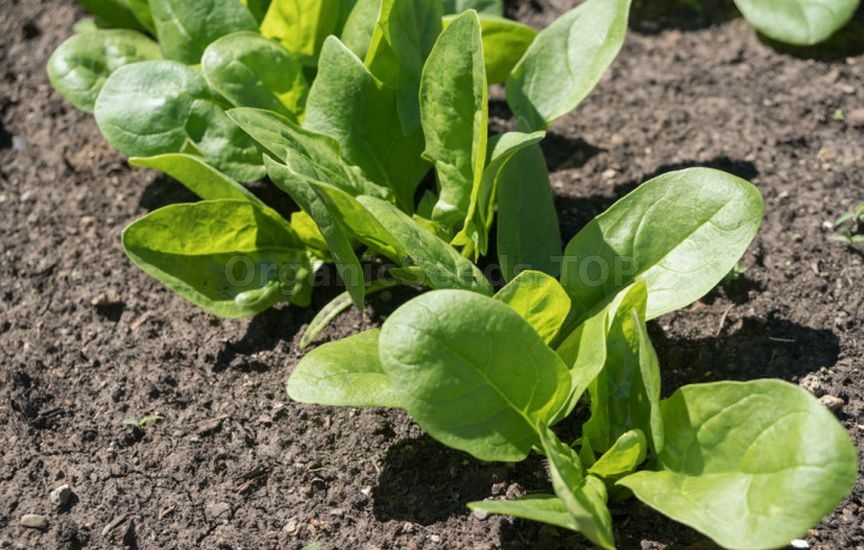 Spinach is frost-resistant and can overwinter under snow even with small leaf rosettes. The optimal sowing time is November—after the first frosts. With this timing, seeds germinate in early spring, right after snowmelt and soil thawing, allowing fresh greens to be harvested as early as April. To grow spinach successfully, choose a site that gets morning sun. Before sowing, prepare the bed: loosen the soil and form furrows 2–3 cm deep, spaced at least 20 cm apart. Distribute seeds evenly in the furrows, with a spacing of about 3–5 cm, then cover with soil and gently press the surface with your palm. Avoid watering the bed immediately after sowing, as excess moisture may cause seed rot. Sorrel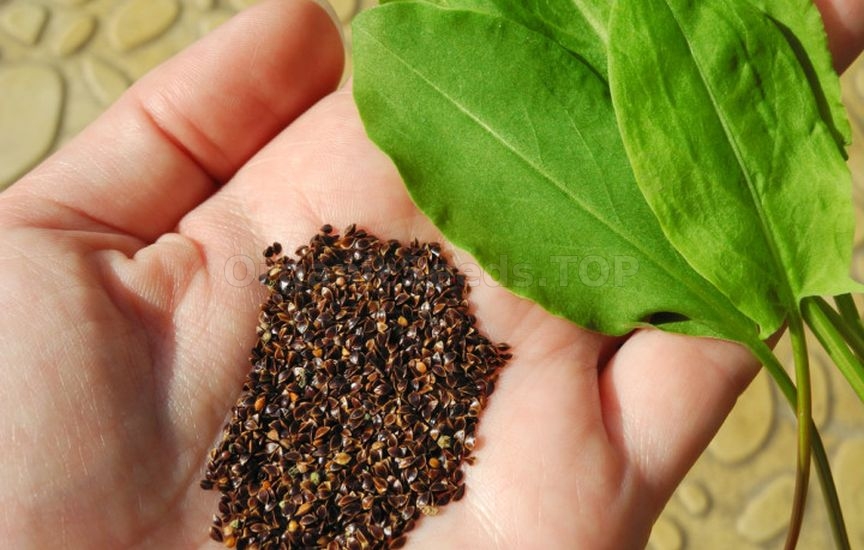 Sorrel can grow successfully even in shade and on soils unsuitable for most other cultivated plants. However, to get an early spring harvest, it’s best to choose well-lit areas for planting. Sorrel thrives and yields well on slightly acidic soils with a pH of 4.5 to 5. This means that liming the soil before sowing is not necessary. The sowing technique is simple: seeds are placed in the soil at a depth of about 2–3 cm, then the furrows are filled with fertile soil. Alternatively, a prepared mix of equal parts peat, compost, and sand can be used. Variety selection plays an important role in winter sowing. Preference should be given to types that show high resistance to temperature fluctuations and can withstand severe frosts. In mild winters with frequent thaws, premature sprouting and so-called “die-off” may occur, i.e., the death of seedlings. Therefore, when sowing greens and spicy herbs before winter, it’s recommended to increase the seed rate by 30–50%. You may need:Leafy vegetable seedsCulinary herbsOrganic fertilizers |
|
|
